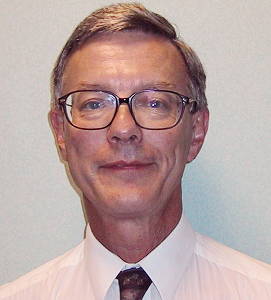The imminent changes to the European Machinery Directive have been thrown into confusion by conflicting reports about whether the European Commission (EC) will allow the BS EN 954-1 standard to continue being used to support compliance with the Directive for three more years.
Originally, new standards – BS EN ISO 13849-1 or BS EN 62061 – were due to replace BS EN 954-1 on December 29 this year and would have been the only control system standards accepted under the Directive from that date.
But in early September, reports began to circulate that the EC had decided to delay the phasing out of BS EN 954-1, following complaints from machine and control system builders about difficulties in applying EN (ISO) 13849-1. In particular, they were concerned that new standard calls for data on component MTBFs (mean time between failure) that, in many cases, is not available.
However, despite the importance of the topic for thousands of machine designers and builders across Europe, there did not appear to be any official EC announcement on the subject.
A few weeks later it emerged that the EC had, in fact, not yet decided whether to implement a delay. The decision will be made at or after a meeting scheduled for 7–8 December, just three weeks before the changes are due into come into force.
The planned changes to the Machinery Directive have been well publicised and many machine-builders and control system suppliers have already invested considerable time and money in preparing to follow the new standards.
Even if the EC decides to allow a delay, some experts are arguing that machine-builders should start to use the new standards as soon as possible because they offer a higher level of safety and because EN 954-1 is not suitable for some of the advanced technologies used in modern safety products and machine control systems.
“There are many areas that this standard doesn’t cover including, for example, programmable safety equipment, which simply didn’t exist when it was formulated,” points out Paul Laidler, managing director of the UK safety consultancy, Laidler Associates.
“Even if the deadline were to be extended, working to EN 954-1 would increasingly be seen as second class,” argues Rockwell Automation’s Dan Hornbeck. “The opportunities provided by functional safety standards to improve safety, efficiency and sustainability – while reducing development and operational costs – means that machine-builders who adopt these technologies early will move ahead of the competition.”

Some critics believe that manufacturers are pushing for rapid adoption of the new standards because they will profit from bringing new products to market that comply with the standards. Peter Still (above), industry standards manager at Schneider Electric in the UK, denies this. “Manufacturers have not been developing new technologies purely to comply with the new standards,” he argues. “In fact, the same equipment can often still be used.
“To ensure machine-builders comply with the new standards, they will not have to purchase new equipment,” Still adds. “From a manufacturer’s point of view, the main differences will be the data that is supplied with the products and the way that they are integrated into a control system.”




